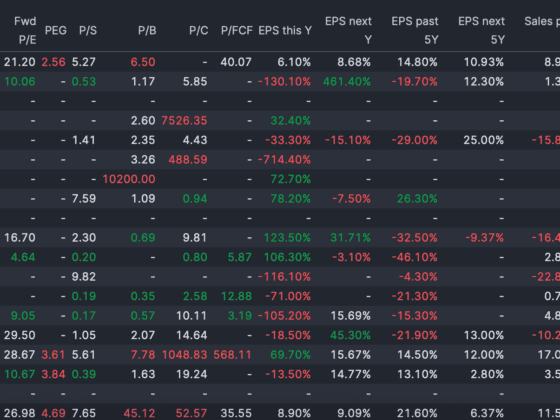In the ever-changing landscape of financial markets, volatility is an inevitable companion. The ups and downs can leave investors feeling uncertain and anxious. However, with the right strategies, market volatility can be not just weathered, but leveraged for smart investing. In this comprehensive guide, we’ll explore valuable tips to help you navigate market volatility successfully and make informed investment decisions.
Understanding Market Volatility: A Brief Overview
Before diving into strategies, let’s grasp the essence of market volatility. It refers to the degree of variation in trading prices over time for a given financial instrument. Volatility is a natural aspect of financial markets, influenced by various factors such as economic indicators, geopolitical events, and market sentiment.
Tip 1: Embrace a Long-Term Perspective
The first rule in navigating market volatility is to adopt a long-term perspective. While short-term fluctuations can be unsettling, successful investors focus on the big picture. Over the long term, markets tend to trend upward, reflecting the growth of economies and companies. By maintaining a long-term horizon, you can ride out the short-term turbulence and benefit from the overall upward trajectory.
Example: Consider historical market charts showing long-term trends. Despite periodic downturns, markets have historically shown an upward trajectory over extended periods.
Tip 2: Diversify Your Portfolio Strategically
Diversification is a key strategy to mitigate risk in a volatile market. By spreading your investments across different asset classes, industries, and geographic regions, you reduce the impact of a poor-performing investment on your overall portfolio. Diversification provides a cushion against losses in one area, as gains in others can offset downturns.
Example: A diversified portfolio might include a mix of stocks, bonds, real estate, and commodities. If one sector experiences a decline, the impact on the overall portfolio is less severe.
Tip 3: Maintain a Liquid Emergency Fund
Market volatility often comes hand-in-hand with economic uncertainties. Having a liquid emergency fund is crucial for weathering unexpected financial storms. An emergency fund provides a financial buffer, allowing you to cover essential expenses without having to sell investments at a loss during market downturns.
Example: Imagine unexpected medical expenses or a sudden job loss. An emergency fund ensures you can meet these financial challenges without disrupting your investment strategy.
Tip 4: Dollar-Cost Averaging: A Consistent Approach
Dollar-cost averaging is an investment strategy where you consistently invest a fixed amount of money at regular intervals, regardless of market conditions. This approach helps mitigate the impact of market volatility, as you buy more shares when prices are low and fewer shares when prices are high. Over time, this strategy averages out the cost of your investments.
Example: Investing $500 every month in a particular stock irrespective of its current price. This ensures you buy more shares when the price is low and fewer shares when the price is high.
Tip 5: Stay Informed and Calm During Turbulence
Knowledge is power in the world of investing, especially during volatile times. Stay informed about market trends, economic indicators, and global events that can impact financial markets. However, equally important is maintaining a calm and disciplined approach. Emotional reactions to market fluctuations can lead to hasty decisions that may not align with your long-term financial goals.
Example: Consider the impact of panic-selling during a market downturn. Investors who succumb to fear may miss out on potential recoveries when markets bounce back.
Thriving Amidst Market Fluctuations
Navigating market volatility requires a blend of strategic planning, discipline, and a commitment to long-term financial goals. By embracing volatility as a natural part of investing and implementing these tips, you position yourself not just to survive market fluctuations but to thrive. Remember, successful investing is a marathon, not a sprint, and a well-thought-out strategy will stand the test of time.







